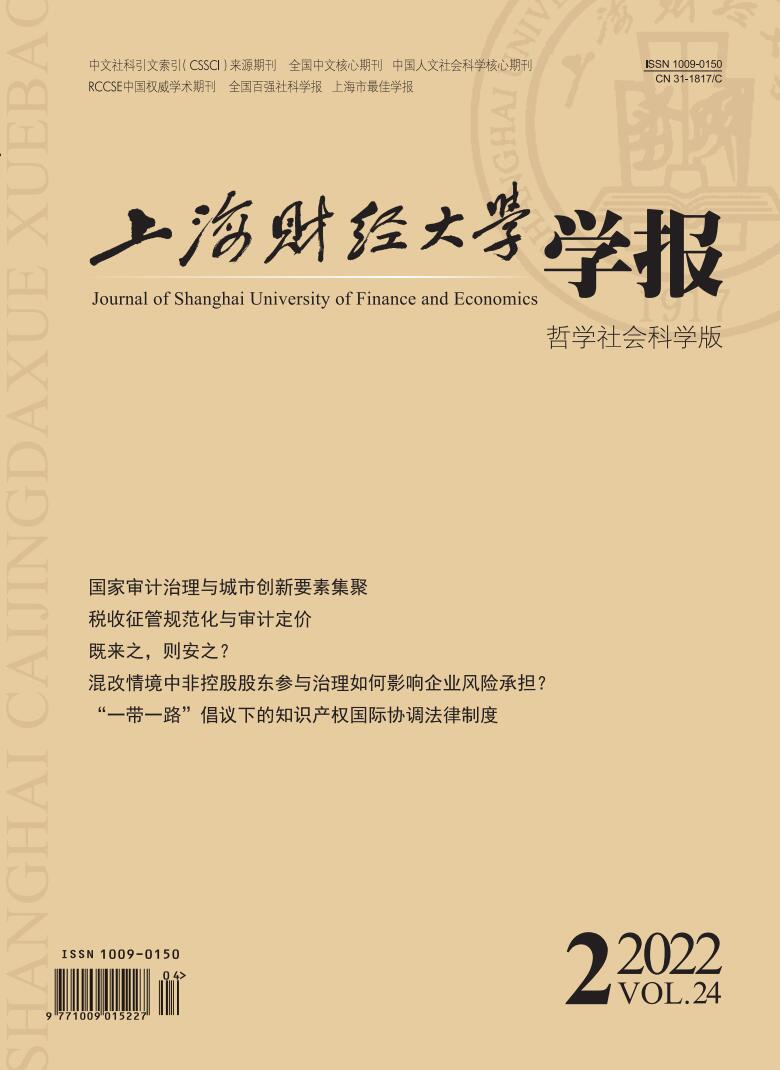With the promoting of the market-oriented reform of capital market, corporate valuation is increasingly dependent on the mining and use of information by investors themselves and intermediaries. As one of the most important information intermediaries in the capital market, media provides the investors with timely and important information. Although how the financial media choose their targets is directly related to stock pricing and resource allocation efficiency, there has been no research to discuss this issue in depth. Theoretically, the behavior mode of financial media is determined by the incentive and constraints it faces, and the “commodity” nature of news also determines that it must meet the actual needs of consumers in order to survive in the market competition. However, it is difficult to measure the information needs of investors and their dynamic changes accurately. Since some Chinese A-share listed firms were selected as the target of margin trading and securities lending in batches from 2010, This paper uses the sample of A-share from 2008-2018 to establish a quasi-natural experiment, which obtains some profound findings as below. I firms were selected as the target of margin trading , their investors’ idiosyncratic information demands, namely, the number of times of the firm was searched on the Internet, have increased significantly, leading to more media coverage of these firms. This conclusion is still valid after a series of robustness tests such as propensity score matching and random simulation. This paper also finds that investors’ information demands increase the media’s information dissemination after the firm’s incidents, and increase information collecting by the media before the incidents as well. Furthermore, the marginal effect of investors, information demands on media reports (especially negative reports) is getting smaller and smaller as time goes by. For firms located in the regions with a high degree of marketization and firms with poor information environment, the relationship mentioned above is stronger. Moreover, media coverage caused by investors’ information demands can reduce stock price synchronization and the risk of stock price collapse. In conclusion, these findings provide evidence of the causal relationship between changes in investors, information demands and media coverage, which helps to understand the media’s motivation for news production and the specific process.
 / Journals / Journal of Shanghai University of Finance and Economics
/ Journals / Journal of Shanghai University of Finance and EconomicsJournal of Shanghai University of Finance and Economics
LiuYuanchun, Editor-in-Chief
ZhengChunrong, Vice Executive Editor-in-Chief
GuoChanglin YanJinqiang WangWenbin WuWenfang, Vice Editor-in-Chief
The Information Demands of Investors and Media Coverage: A Quasi-natural Experiment Based on Margin Trading
Journal of Shanghai University of Finance and Economics Vol. 24, Issue 02, pp. 94 - 107,152 (2022) DOI:10.16538/j.cnki.jsufe.2022.02.007
Summary
References
Summary
Cite this article
He Yan. The Information Demands of Investors and Media Coverage: A Quasi-natural Experiment Based on Margin Trading[J]. Journal of Shanghai University of Finance and Economics, 2022, 24(2): 94-107.
Export Citations as:
For




 5099
5099  5485
5485

